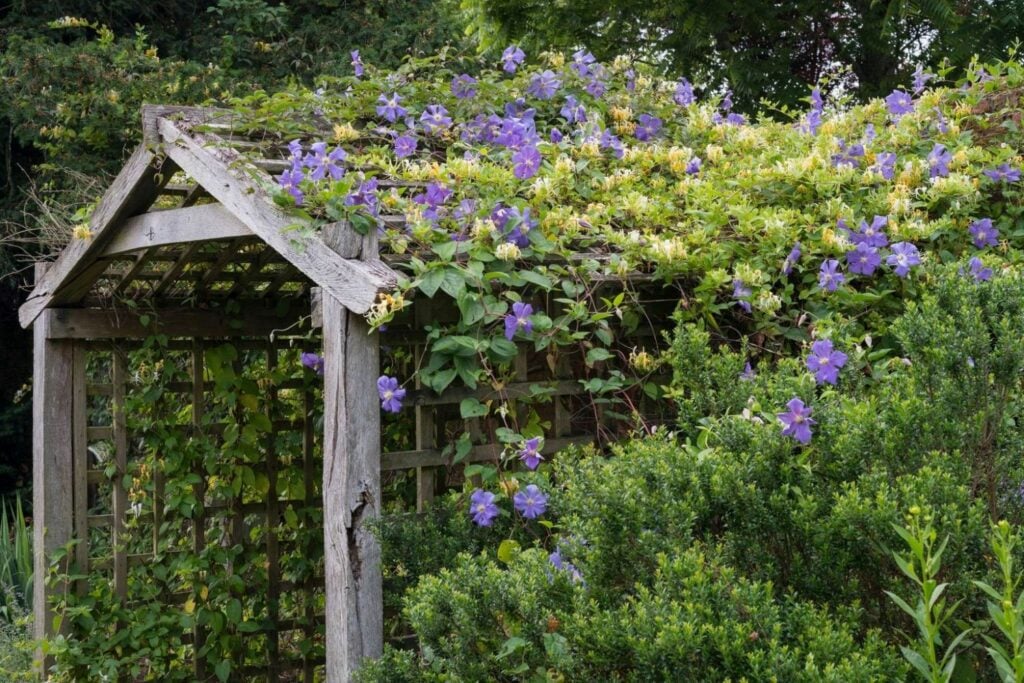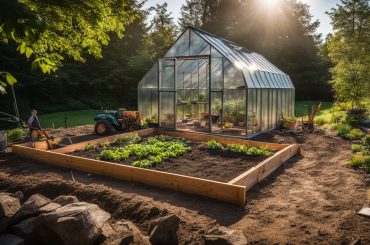Table of Contents
The climbing plants are essential for gardens in many ways, apart from giving a texture of clothing to the walls and fences of your buildings and houses. Besides, it can be well mounted on screens, arbours, shafts, and arches.
Climbers have a lot to do with the aesthetic of the premises. Whether it’s about redesigning your premises from scratch or providing privacy to enable the masking feature, evergreen climbers are a go-to solution for you.
It also ignites the sense of additional interest by providing wildlife value besides offering you a natural look and shade. The best part about the climbers is that it takes up the little soil space and enables us to squeeze more plants into the space where it is grown.
However, the problem arises when it comes to making selections about sorting the perfect climbers for your place. In this article, we provide you with the 18 exceptional evergreen climbers that are must-try for your house setting.
1. Akebia Quinata
Akebia, also known as ‘Chocolate Vine,’is a rather unusual climber with exotic reddish-maroon flowers having spicy fragrances. This climber can be grown to a minimum height of 10 m (30ft). Akebia bears compound leaves with five elliptic leaflets that are notched up at the tip. Akebia climbers are most colourful when it has full exposure to sunlight. In particular, if the summer season is warmer, this climber generates a pretty larger-sized flower besides bearing the sausage-shaped fruits. These fruits are edible but rather with an insipid taste. The soft young shoots of the plants can also be eaten and can be brought into use in salads.
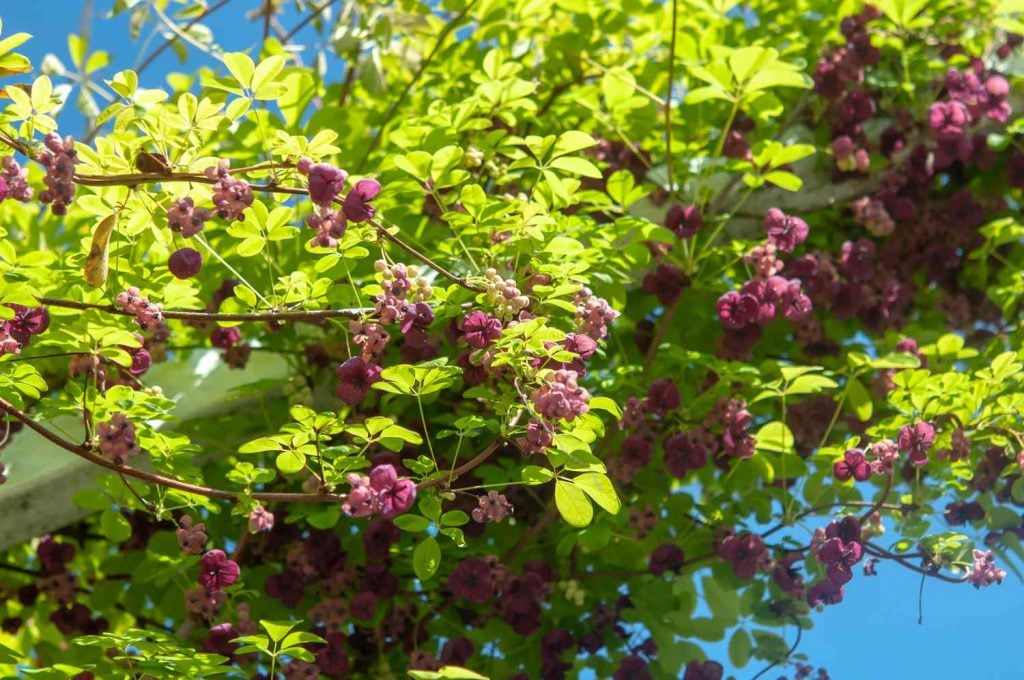
2. Ceanothus
Belonging to a family of nitrogen-fixing shrubs, Ceanothus can be trained on a sunny wall that is beneficial in providing shelter and protection. Its woody stems bear a host of tiny blue flowers altogether in early or late summers. Also known as ‘California Lilac, ‘it is native to North America. It can attain a height as long as 6-7 meters (20-23 ft). Depending on the varieties of the shrub, the Ceanothus’ flowers grow from mid-spring till the onset of winter. Its flowers bear a sweet fragrance, while its appearance is an absolute delight of beauty. Its fast-growing trait and ease of cultivation make it one of the most desirable shrubs for every gardener.
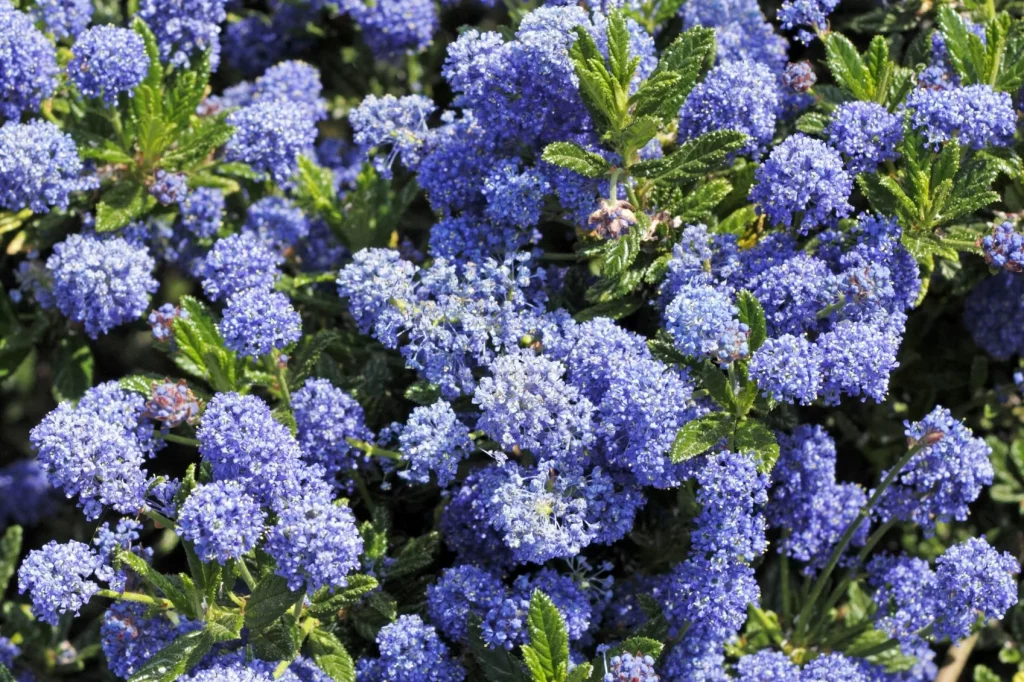
3. Pyracantha
Commonly known as ‘Firethorn’, Pyracantha comes from the genus of large thorny shrubs. It makes the best choice to cover the wall or fence and can attain a maximum height of 4.5 meters or 15 feet. Firethorns are very well acclaimed for their attractive flowers and the incredible red, orange or yellow berries they carry for the entire autumn and winter. Pyracantha is the prominent choice of people in urban households as they are well-equipped to tolerate pollution. The beauty of this shrub is at its prime when in full sun or partial shade by being rooted in moist and well-drained fertile soil.
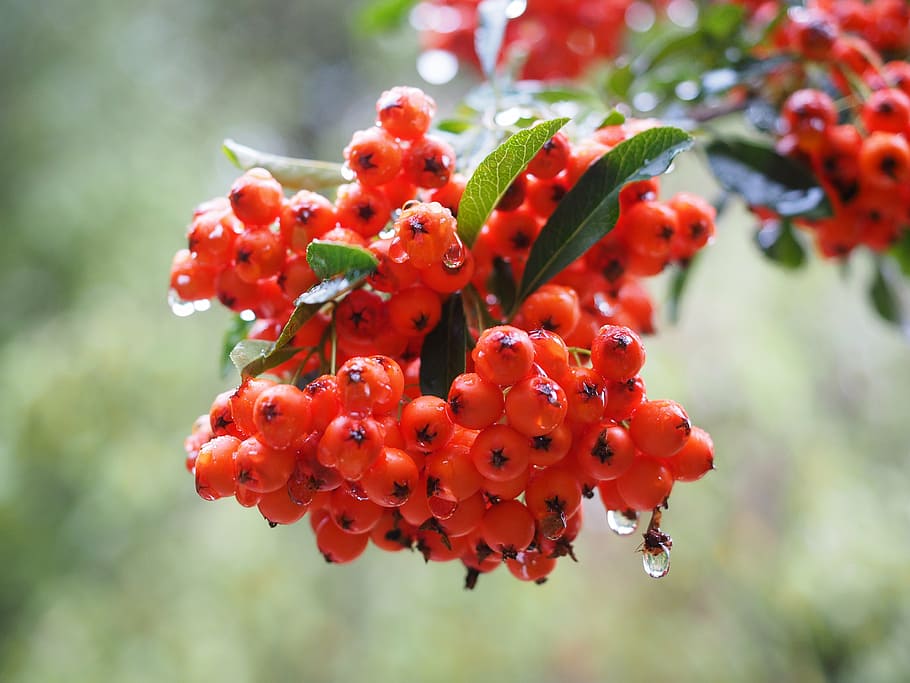
4. Pileostegia Viburnoides
Pileostegia Viburnoides is a climbing plant related to hydrangea. This shrub is native to India and Eastern Asia. This shrub can attain a height of 8 meters and can grow up to 1.5 meters in width, has long, narrow leaves, and is home to denser creamy white flowers. This is a versatile evergreen climber that has the trait of growing to its full potential in all three conditions, full shade, partial shade, or full sun.
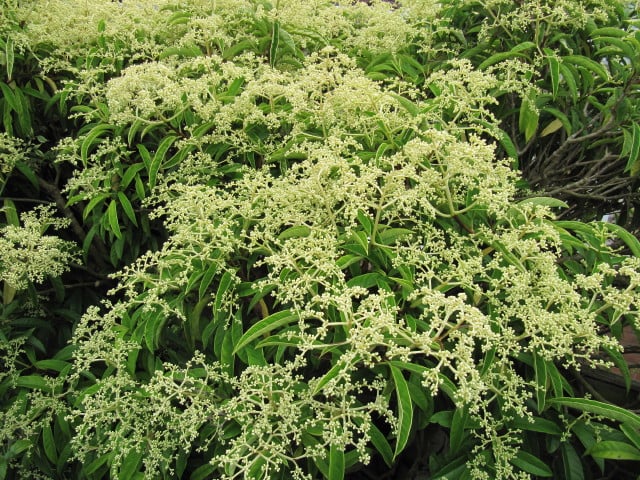
5. Solanum Crispum
Native to the South American countries of Chile and Peru, Solanum Crispum belongs to the flowering plant species. It is also known as ‘Potato Vine’ and can attain a maximum height of 6 meters. Solanum Crispum is a semi-evergreen woody-stemmed plant. The plant possesses a multi-coloured trait; it has a small blue fragrant flower with yellow ovaries in masses that appears in summer that closely resembles the shape of a potato. Besides, the poisonous berries that grow out of it are green in colour, which turns orange, and finally purple over the due course of time.
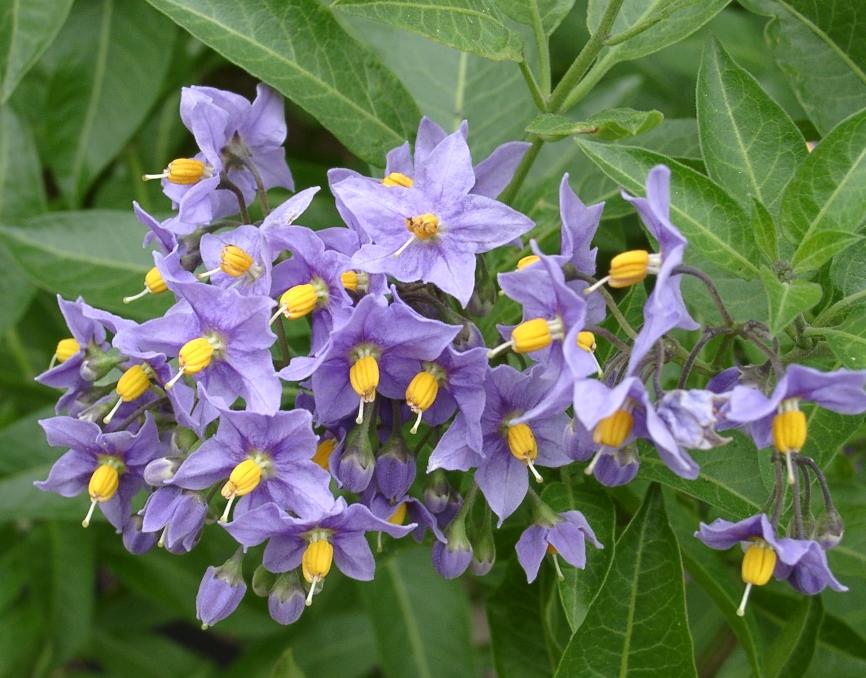
6. Stautonia Hexaphylla
Named after George Staunton, who was responsible for its inter-continental migration in the 19th century, Stautonia is a genus of flowering plants. This evergreen climber produces woody stems up to 12 meters long and requires the support of the surrounding vegetation for its growth. It requires well-drained soil that can retain moisture in a properly sheltered position. Predominant in the UK, Stautonia is of a multi-purpose value; its harvesting is associated with the local use of food and medicine and is a great element of commercial cosmetic preparations. In parts of Japan, it is even cultivated as a fruit crop, besides being used in the form of ornaments.
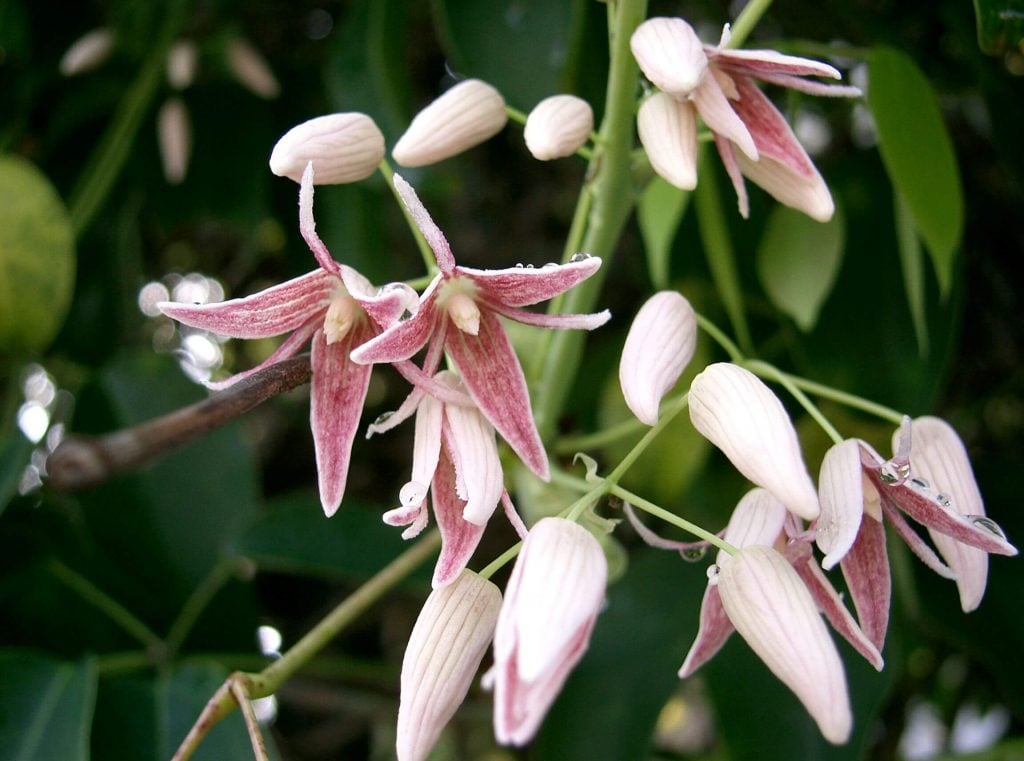
7. Hedera colchica
Hedera colchica, or ‘Persian Ivy,’ is the self-climbing climber. It has exceptionally large, glossy, lobed leaves with white or green lime. The plant germinates greenish flowers in the autumn when it attains full maturity. Persian Ivy is considered excellent for wildlife. This evergreen climber can attain a maximum height of 30 meters, and it can grow both horizontally and vertically, whereas the pace of growth surmounts in summer.
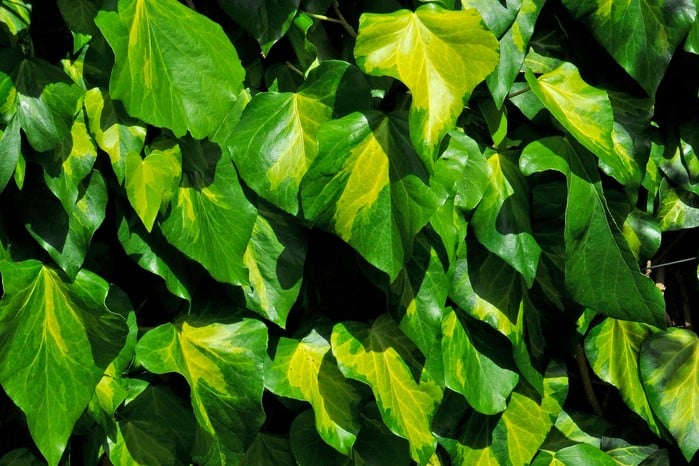
8. Teucrium Fruticans
Teucrium Fruticans, or the ‘Wall Germander,’ is a flowering plant species native to the central Mediterranean. It can grow up to 1 meter in height and 4 meters in width. Fruticans is a Latin word that translates to “bushy” and is an evergreen shrub that has glossy leaves and pale blue flowers with aroma, accompanied by white shoots.
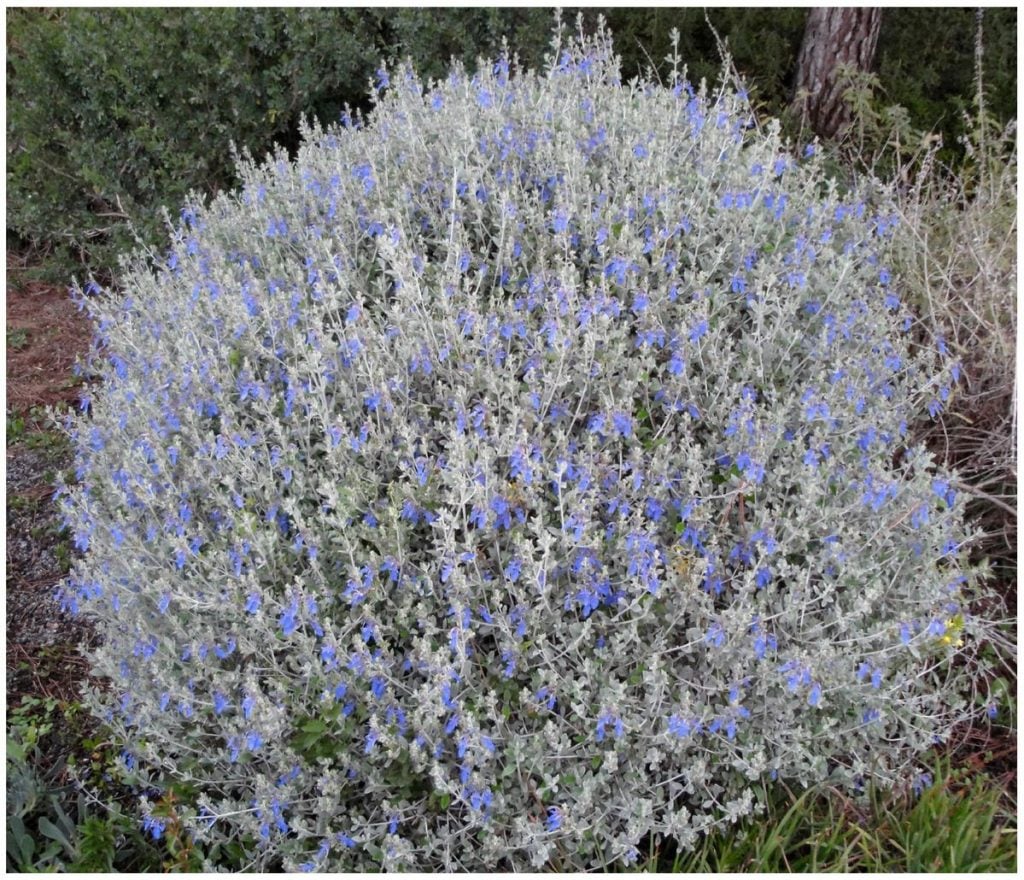
9. Trachelospermum
Native to the Southeastern Asian region Trachelospermum is also known as ‘Star Jasmine’. It is an evergreen woody climber that can attain a maximum height of 3 meters. After coming in touch with the wet surface, the climber emits aerial weed roots. Star Jasmine homes fragrant flowers for a longer period throughout the summer and in autumn.
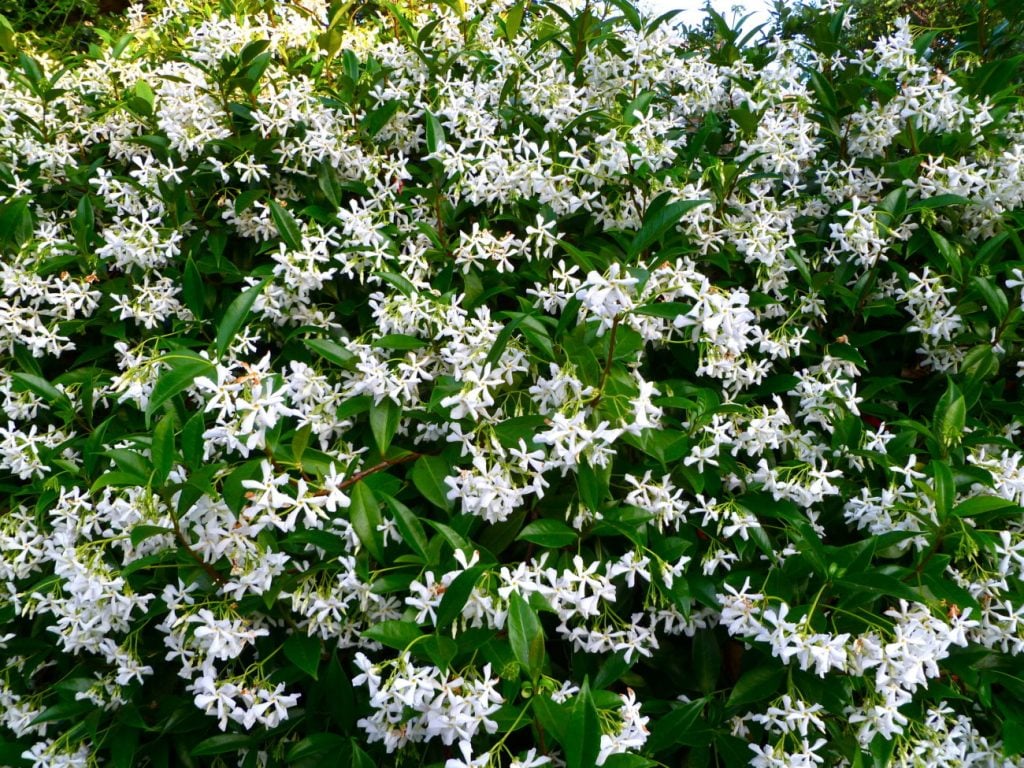
10. Hedera Helix
The Hedera Helix, also known as ‘English Ivy,’ is an ultra-small leaf with a versatile nature of growth and is easy to grow in any situation. The climber provides attractive round-the-year evergreen foliage in a wide choice of varieties and can grow up to 20-30 meters in length. The matured climbers of Helix produce green-yellow flowers in the cluster during autumn and act as an excellent form of shelter for nesting birds and hibernating insects.
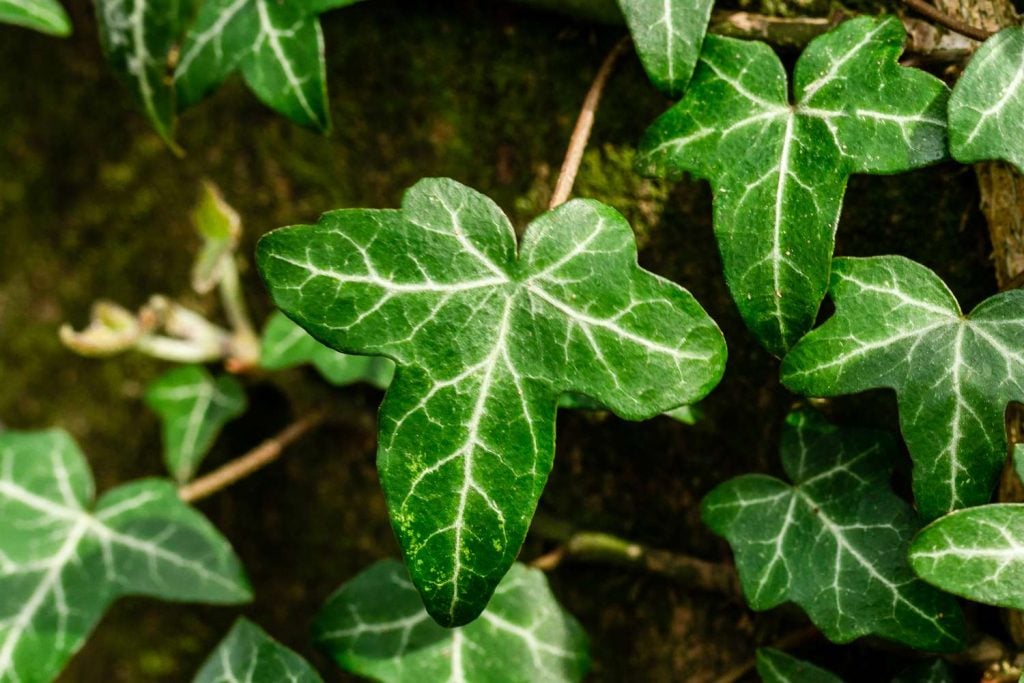
11. Euonymus Silver Queen
An exceptionally beautiful climber on the trot is a compact self-clinging climber, which is grown for its attractive foliage. This evergreen climber is extremely suitable for brightening up a dark spot with leathery leaves and is immensely illuminated in white and green. This neat, compact self-clinging climber is grown for its attractive foliage. Ideal for brightening up a dark spot with leathery evergreen leaves that are brightly variegated in white and green.
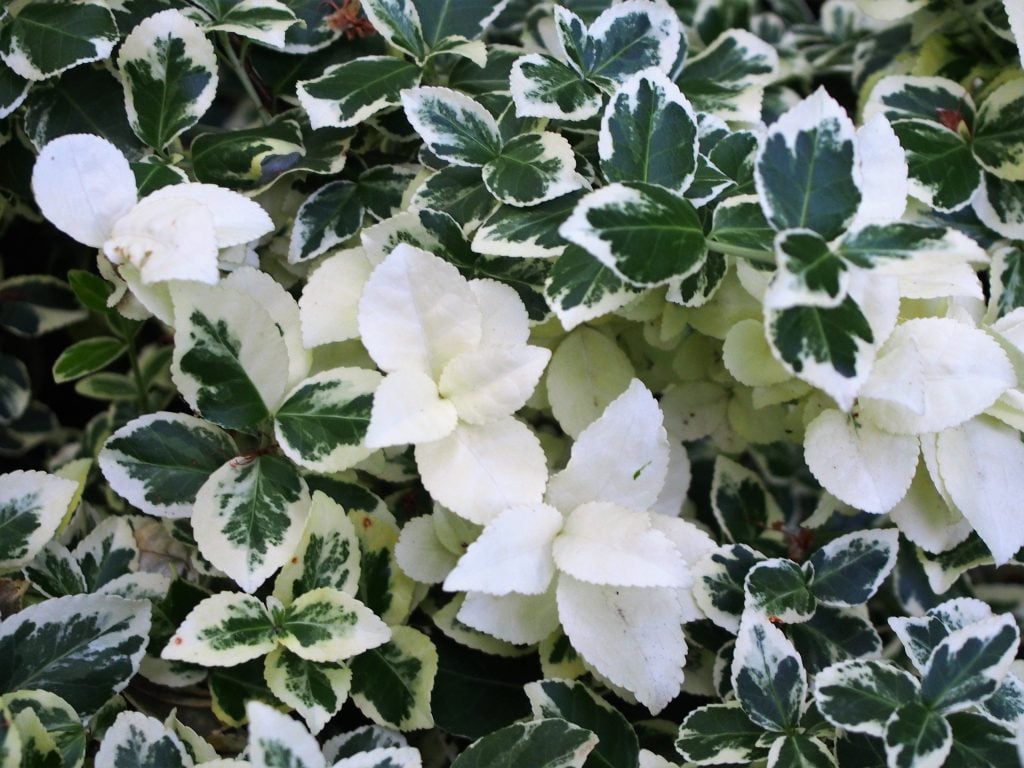
12. Clematis Cirrhosa
Cirrhosa or ‘Winter Clematis Cirrhosa’ are not only evergreen, but they bear flowers in winter as well. Its multi-variety-shaped texture offers delicate bell-shaped cream. However, it is only suitable in the milder regions and preferably grows both in sun and shelter. Clematis Cirrhosa can attain a maximum height of 4 meters and can expand to 1.5 meters in width.
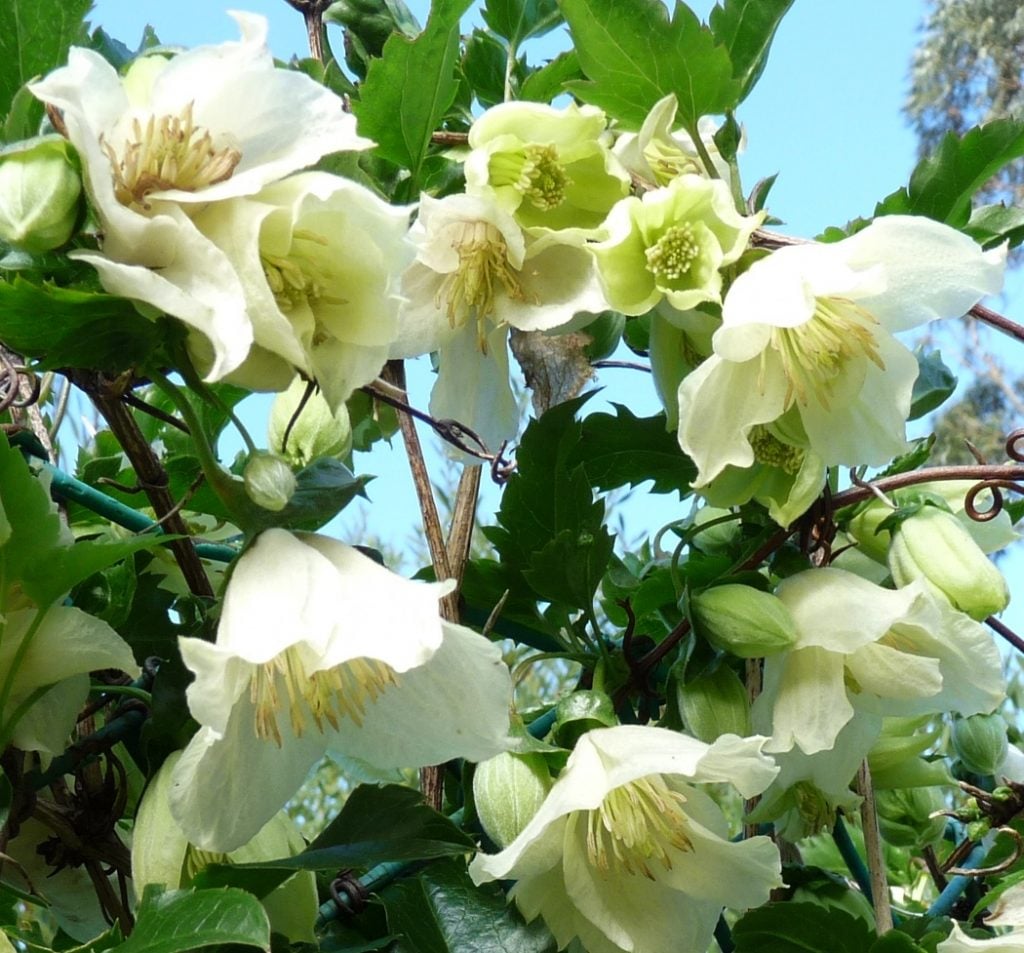
13. Cotoneaster
Cotoneaster can’t completely be classified as climbers; in the cotoneaster, several species are arranged to cover walls or fences and look immensely soothing when pinned to a place. Cotoneaster is dimorphic with long shoots ranging between 10-40 cm that provides structural branch growth, while the short shoots with a tiny length range of 0.5-5 cm take care of the flower part.
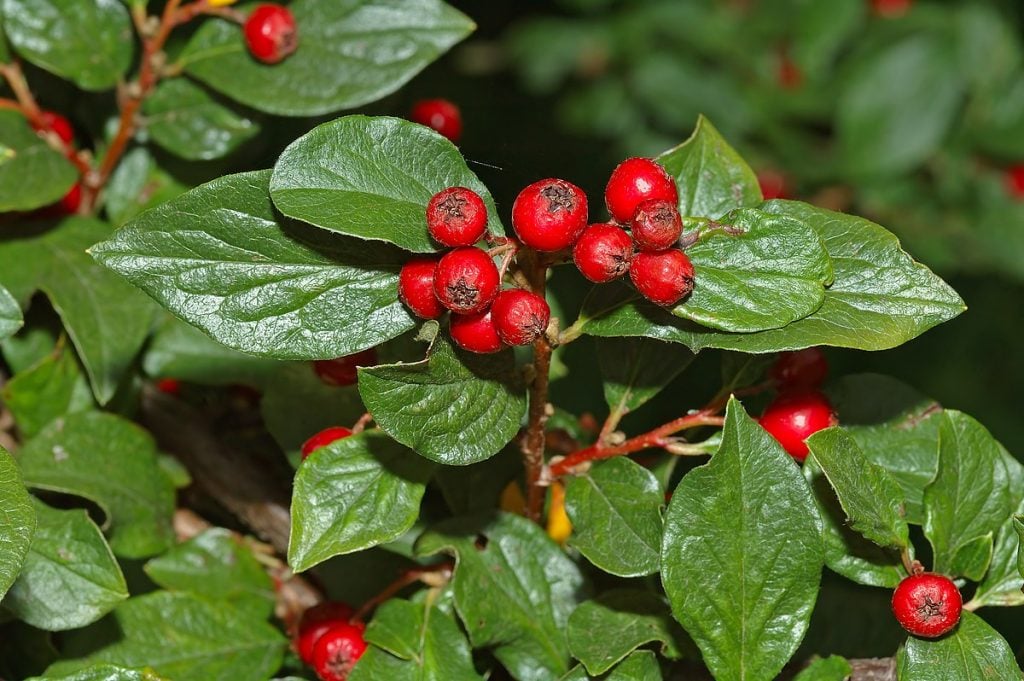
14. Sollya heterophylla
Also known as Bluebell Creeper, this evergreen climber is native to Australia. Its fresh green leaves are perfectly shaped in the form of a lance and are contrastingly pretty. The neat and dainty trait makes it the perfect flowering climber both for a sunny or a sheltered spot in a mild location.
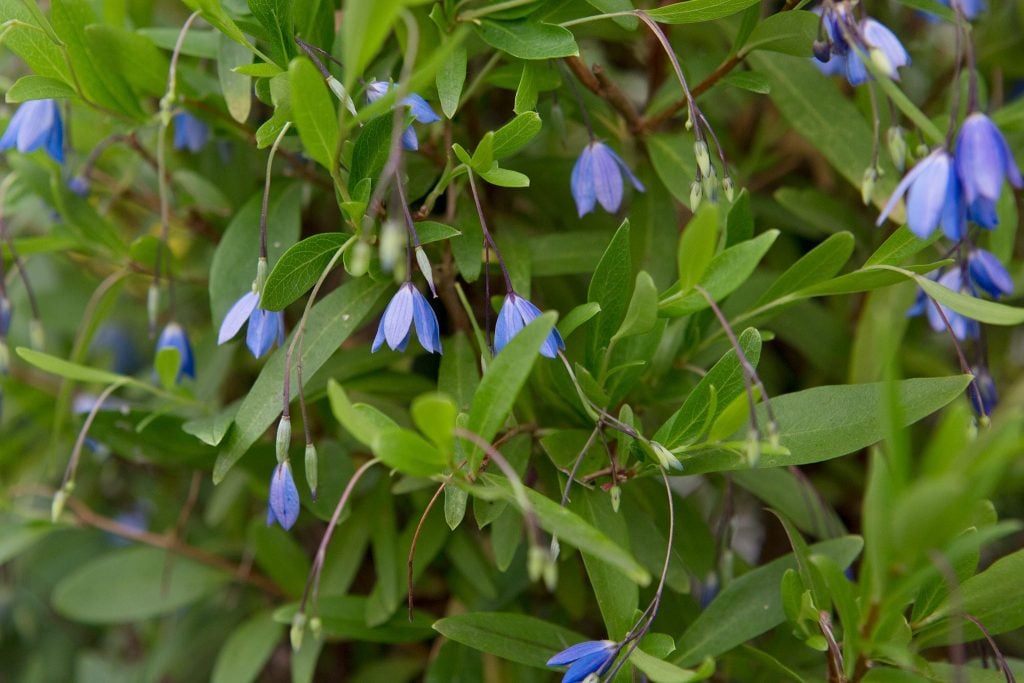
15. Clematis Armandii
Clematis Armandii, or Evergreen Clematis, is a flowering climbing plant. Native to China, this climber is highly desirable by gardeners for its showy flowers. The spring flowery clematis bears extremely large clusters of white and pink aromatic flowers, which are not just a sight to behold but act as a host to a range of other guests, including bees, hummingbirds, and butterflies. This evergreen climber can attain a height of 20 feet, while the flowers can have a maximum dimension of 2.5 inches.
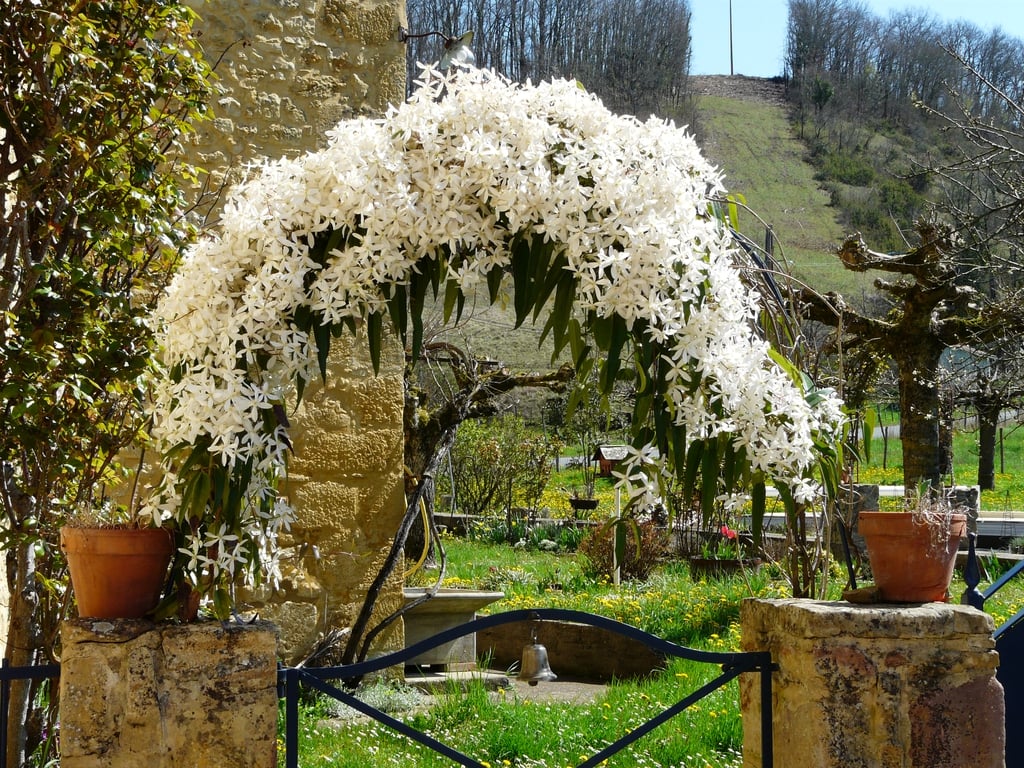
16. Hydrangea Seemannii
Commonly regarded as Hortensia, this evergreen hydrangea comes from a genus of more than 75 species of flowering plants that are native to Asia and America. Seemannii, despite being less common to Petiolarris (Hydrangea), offers a year-round head of white summer flowers with bold, leathery, and dark green leaves. This shrub can attain a height between the range of 1-3 meters, whereas certain small trees can reach up to 30 meters.
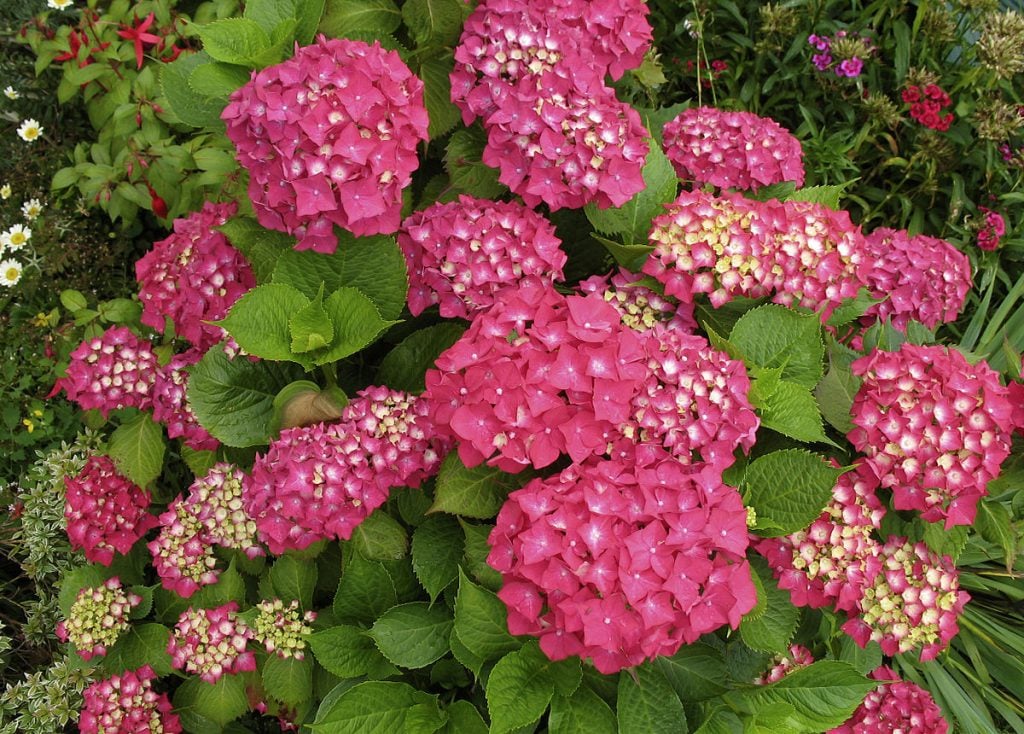
17. Garrya elliptica
Commonly called Silk tassel bush is a flowering plant species native to the coastal ranges of California. It bears silvery catkins all around the winter season. The evergreen shrub is erect and has a bushy trait that can attain a maximum height of 2-5 meters.
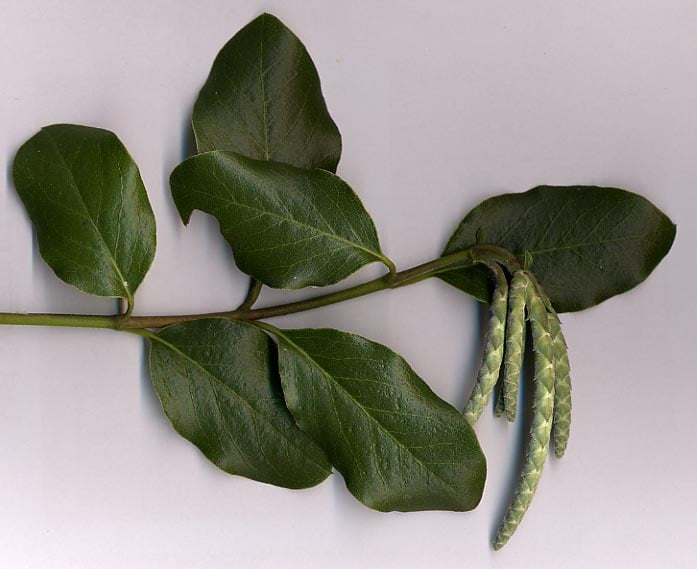
18. Passiflora Caerulea
One of the finest options for the gardens is to go with the ‘Blue Passion Flowers’; these climbers are extremely vigorous and have a very rapid growth rate. This semi-evergreen tendril can attain a height of 30 meters. Native to South America, this flowering evergreen climber is also used for medicinal purposes.
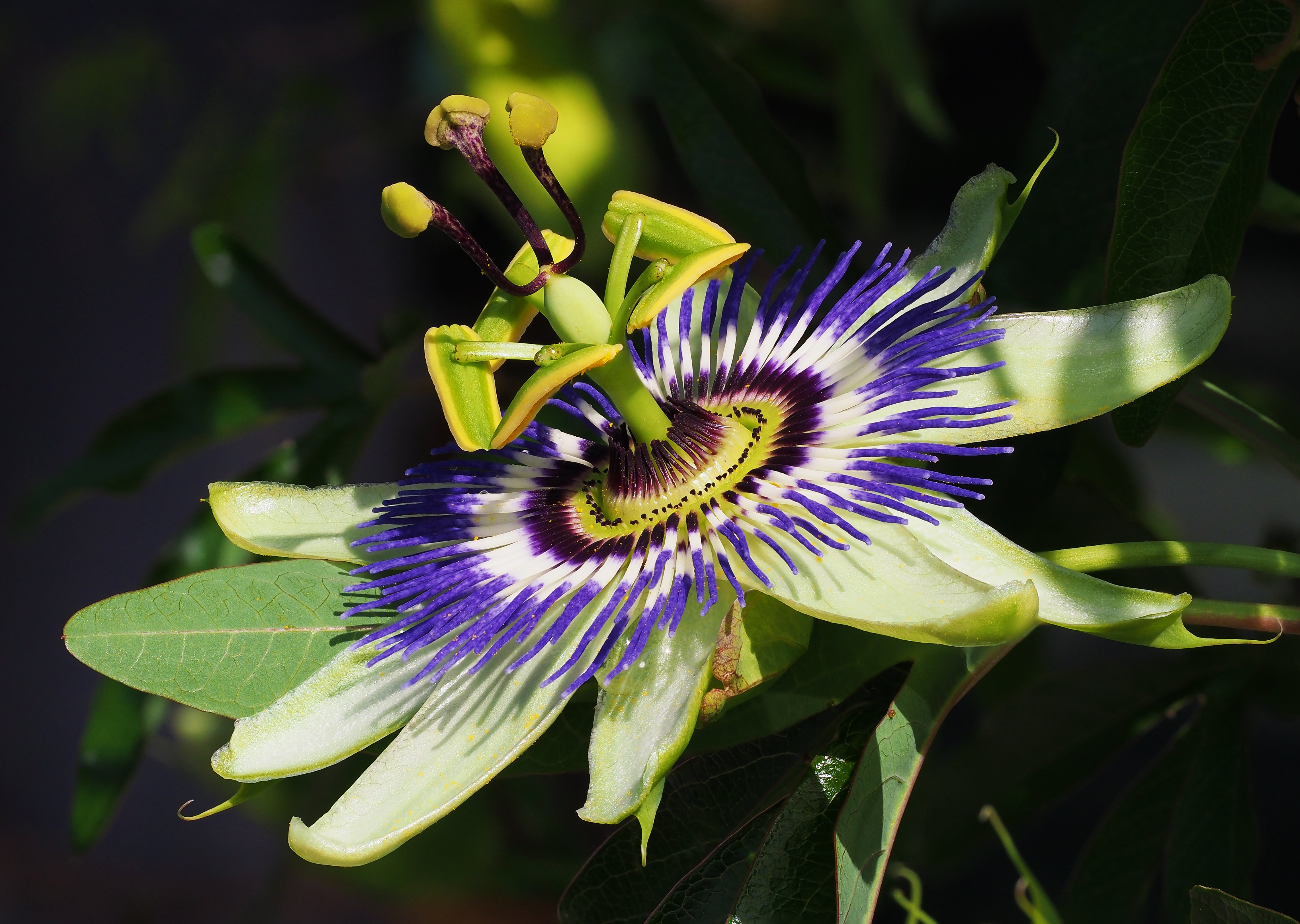
Key Elements in Growing ‘Evergreen Climbers’
Climbers play an essential part in the aesthetic of any place. However, it is much more important to grow a suitable climber for a suitable setting. Out of all the different types of climbers as shown, not each one of them can be grown in any weather conditions. Therefore, there are a few crucial points to cater to before growing climbers at your premises that you must adhere to.
1. Climber Selection
Out of all the climbers mentioned above, it is extremely important for you to know which sort of climber you wish to have at your place because not all grow vertically, neither they coil up around on the surface. So, it’s better to have your say before making the climber’s selection on how you want the climber to grow.
2. Growing Conditions
As mentioned before, the growing conditions are key in the growth of climbers, so you need to check the climbers only based on the weather condition of your area so that they can thrive better.
3. Soil Conditions
You must provide your climbers with the much-needed nourishment it requires, which will be catered by the health of the soil. To ensure that it gets the best possible care, it is essential to add up the compost and the required fertilisers for the climber’s proper growth.
4. Watering
You can’t negotiate with the health of the climbers you have been growing in your backyard if you want the best of it. Water gently at regular intervals so that its growth process remains smooth and free from all sorts of external hindrances, including pests, extreme weather conditions, and more.
Conclusion
Climbers are the natural boon that enhances the appearance and looks of your garden, backyard, or premises, but only with immense care.
The appearance and the look that the evergreen climbers will bear depends on a range of factors but majorly on the type of climber chosen and the weather conditions.
One must also cater to the factor where the climber is being targeted to pin to get the best out of it. Although these are not the only option to make to present your house with that well-needed look, several local climbers can be taken into account.
If you are planning to give your house a naturally artistic touch, you must give a thought of considering this chart for reference.

